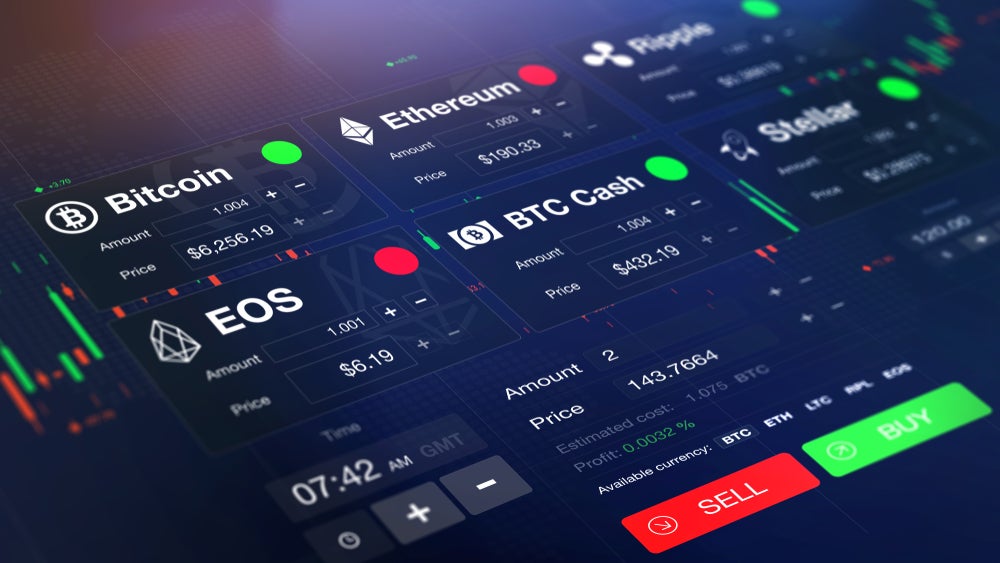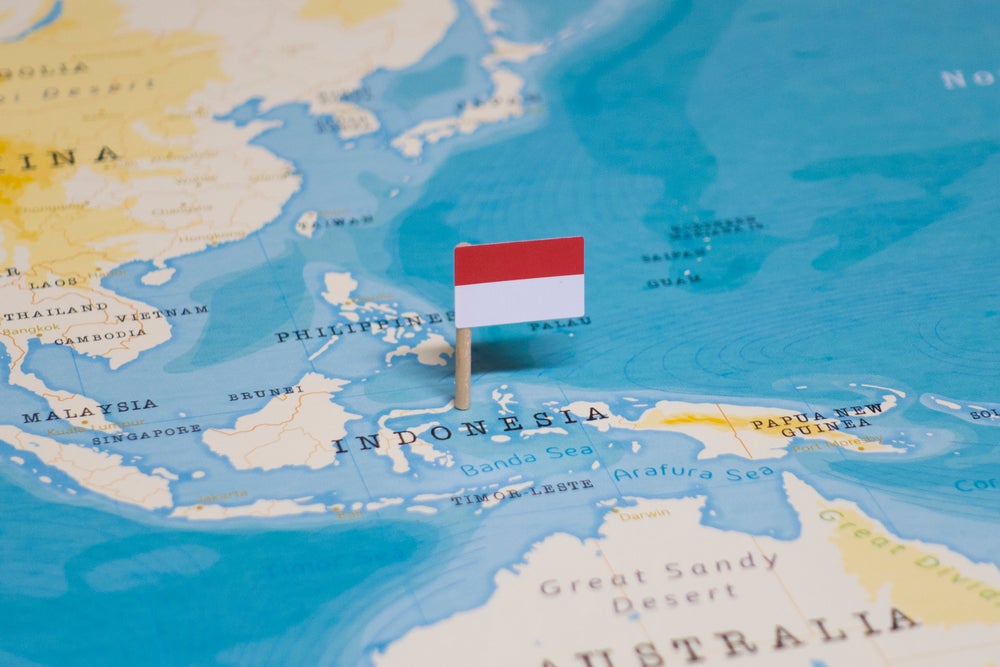Norway is becoming impressively digital when it comes to payments. E-commerce is driving a sizable amount of growth in the card market while digital and m-payments are continuing to gain greater prominence in the region. Not only that, but contactless is also entering the field to add scope to solutions
The strength of Norway’s cards and payments industry is the result of a robust economy, an efficient domestic debit card scheme (BankAxept), and an increasing consumer appetite for credit. The average number of monthly card transactions, and the average annual spend per card are higher in Norway than in more developed markets such as the US, the UK, France, Germany and Australia.
Electronic payments (e-payments) have gained ground during the last ten years, as the government has invested substantially in building long-term infrastructure for cashless payments. Cash use is now largely confined to rural areas and senior citizens. DNB Bank and Nordea Bank Norge are making their branches cashless and closing down ATMs to further reduce the country’s dependence on cash.
Cheques have almost been phased out in Norway, primarily due to the associated processing costs.
A rise in the economically active population and per capita disposable income, the growing popularity of online shopping, increased acceptance of cards and the adoption of EMV standards supported the growth of cards over the last five years. This trend is anticipated to continue from 2015 to 2019, according to Timetric’s analysis.

How well do you really know your competitors?
Access the most comprehensive Company Profiles on the market, powered by GlobalData. Save hours of research. Gain competitive edge.

Thank you!
Your download email will arrive shortly
Not ready to buy yet? Download a free sample
We are confident about the unique quality of our Company Profiles. However, we want you to make the most beneficial decision for your business, so we offer a free sample that you can download by submitting the below form
By GlobalDataBankAxept maintains stranglehold
Debit card use primarily grew in Norway, as BankAxept’s acceptance network created a convenient payment method with tight security. BankAxept cards were used 1.48 billion times in 2015; an increase of 3.6% over 2014.
BankAxept is the sole scheme provider of debit cards in Norway. Overseas spending on cards is done via Visa. BankAxept also offers contactless cards and m-payment solutions.
BankAxept, however, faces competition from both Visa and MasterCard. Although Visa has a co-badging relationship with BankAxept, the company has been working on building its own network in Norway.
MasterCard is also looking at introducing a debit card. A combo card product, it would feature both debit and credit functionality. This approach has already been successful for MasterCard in Denmark and Finland.

E-commerce driving Norwegian cards
E-commerce posted a CAGR of 14.68% between 2010 and 2014, increasing from $6bn (NOR36bn) in 2010 to $10.3bn in 2014. High internet and mobile penetration, economic growth, a large young population, consumer confidence in online transactions and the presence of secure online gateways are the key factors driving e-commerce.
According to a 2012 survey on e-commerce in Norway by DIBS Payment Services, online purchases from foreign sites were more popular than from domestic sites. The survey indicated that travel and services, clothing and sportswear were the most popular online purchases among Norwegian consumers.
Consumers prefer to shop on foreign sites to benefit from the exemption of the 25% value-add tax (VAT) on goods and services valued less than $25.40 purchased abroad.
Conventional payment instruments such as cards and credit transfers are more popular in Norway, however digital wallets, mobile wallets and carrier billing are gaining prominence.
Digital and m-payments gaining prominence
For online purchases, Norwegians mostly use payment cards and credit transfers. Payment cards accounted for 65.3% of the total e-commerce transaction value in 2014, followed by credit transfers with 11.5%.
Alternative payments accounted for 7.7% of the total e-commerce transaction value in 2014; an increase from 5.2% in 2012. Seqr, mCash and MeaWallet are some of the options available to Norwegian consumers.
Danske Bank launched a new m-payment service, MobilePay, in September 2015, partnering with 100 retail outlets.

Contactless will increase scope of cards
NFC payments have grown in popularity among both consumers and retailers in Norway. DNB Bank, Danske Bank and Svenska Handelsbanken issue contactless cards.
To increase contactless uptake, banks are trying to differentiate their product offerings.
In May 2015, Danske Bank announced that the bank is planning to roll out MasterCard-branded contactless cards featuring an integrated fingerprint sensor in 2016.
The project is still in the pilot stage, and is being developed in partnership with the Norway-based company Zwipe.







